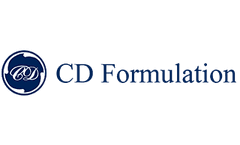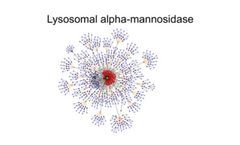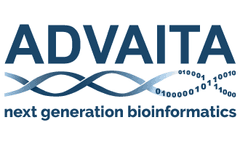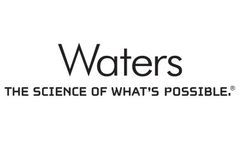Refine by
Drug Substance Articles & Analysis
17 articles found
In the ever-evolving world of pharmaceutical development, the quest to innovate and improve the delivery of drug substances remains a top priority. Among the many formulation strategies, oral liquid formulations hold a special place, offering alternatives particularly appealing for specific populations and addressing unique formulation challenges. ...
Pharmacokinetic studies serve as the foundation for understanding the drug's bioavailability – the degree and rate at which an administered drug reaches the systemic circulation. ...
There are many different molecules in ADCs, and the difference between these molecules lies in the drug-to-antibody ratio (DAR) value and/or the site where the antibody binds to the drug. ...
Certain HCPs can act as adjuvants to enhance the immune response to drugs. Some HCPs with proteolytic activity can also affect the stability and efficacy of drugs if they are not sufficiently removed or inactivated. ...
Pharmaceutical Analysis Pharmaceutical analysis is a branch of analytical chemistry that deals with the analysis of pharmaceutical substances, including drugs, their formulations, and their compatibility with various excipients. ...
The main considerations include optical chirality, polymorphism, impurities (product-related, process-related, free drugs and related substances, residual solvents, heavy metals), biological activity (target specific binding, affinity, effector function) and potency. ...
Even low levels of total HCP impurities can adversely affect the properties of the drug. Some of these HCPs may elicit an immune response even at microinjection, and some may even be biologically active or toxic themselves, potentially altering the binding affinity and potency of the drug. ...
While formulating commonly used preparations, it's vital to examine the compatibility between APIs and excipients to select excipients that do not adversely effects the drug. Solid Dosage Forms Interactions between drug substances and excipients in solid dosage forms involve both physical and chemical interactions. The former can induce changes ...
The Perinatology Research Branch (PRB) is the only Clinical Branch in the Division of Intramural Research (DIR) of the National Institutes of Health (NIH) to focus its research on human pregnancy and unborn children. It is currently housed at the Detroit Medical Center in Detroit, Michigan through a service contract. The Branch has thrived in this environment, earning a national and international ...
Pharmaceutical excipients are natural or synthetic substances formulated together with the active ingredients of the drug, whose purpose is to increase the formulations containing effective active ingredients or endow the active ingredients in the final dosage form with therapeutic effects, such as promoting drug absorption or solubility. ...
Obtaining available cost data for the mRNA supply chain is not easy, so using some of the data from P-A Gilbert’s presentation, we calculate that a facility able to produce 100 M doses per year (100ug dosage, 50M patients) will have a capital budget of $14M and able to reach drug substance costs of $3/dose. Capital installation A capital cost of $14M for ...
Pharmaceutical excipients have important functions such as serving as carriers, improving drug stability, solubilization and slowing down the drug release. They are important ingredients that may affect the quality, safety, and effectiveness of the preparation. Classified by function and purpose, pharmaceutical excipients can be used in different ...
It is difficult for conventional instruments to detect this small amount of amorphous substance. Although the content of this amorphous substance is very low, it is very likely to affect the stability of the drug in the production and storage process, resulting in the failure of the entire development. ...
Biocatalysis involves using natural substances, such as enzymes, from biological sources or entire cells which make chemical reactions more rapid. Enzymes are a critical element in the catalysis of a large number of reactions. This includes the production of alcohol from fermentation and the production of cheese by the breakdown of milk proteins. Many biocatalytic processes have been implemented ...
In an earlier blog on COVID-19 biologics manufacturing capacity (based on mAbs), we planned for a short-term requirement of 2-3 metric tons of therapeutic with follow on capacity of 10 metric tons. The drug substance manufacturing cost was in the range of $50/g. BioSolve Process has just introduced a new Pichia sp. process model, initiated, and verified by a ...
An estimated 5% of expectant mothers use illicit drugs during pregnancy. Drug use during pregnancy is associated with premature birth, low birth weight and cognitive or behavioral problems for the child. ...
This is largely on account of their ability to ID and quantify HCPs that can be targeted for removal by process improvements, and because of their reliability as a tool to validate the immune reagents used in process-specific HCP clearance assays of a drug substance. Poster: HCP assay reproducibility and HCP comparability of a biosimilar At the meeting, Catalin ...










